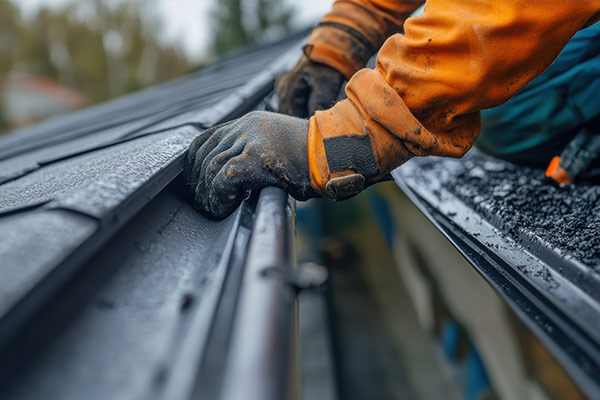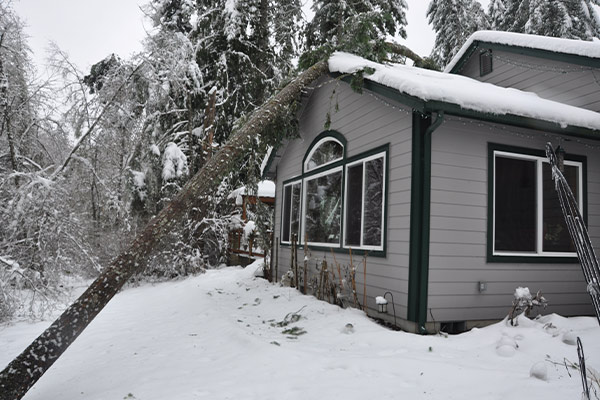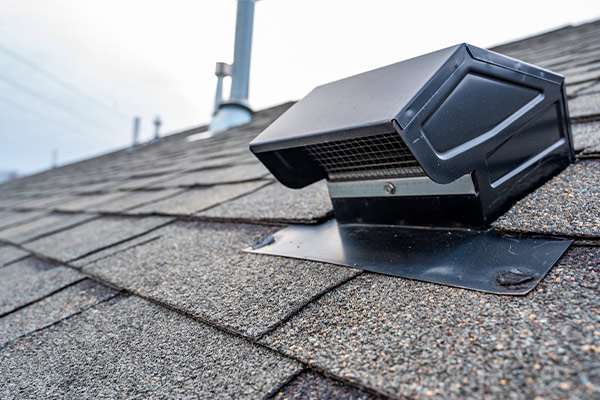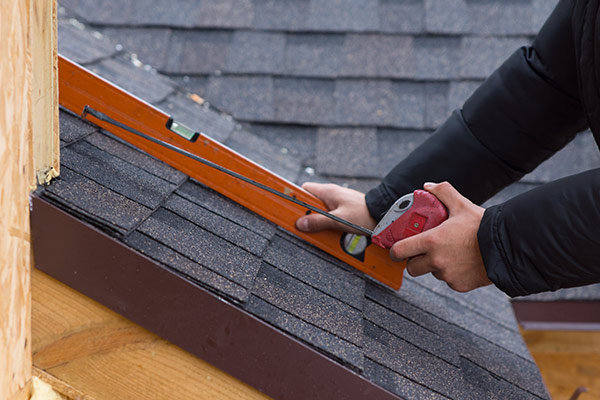Table of Contents
ToggleCommercial rain gutter systems play a vital role in protecting buildings from water damage. Designed to manage higher volumes of water than residential systems, they are essential for preserving the integrity of commercial properties with large roof surfaces. This article breaks down the most effective gutter types, materials, and key installation tips to help you choose the best solution for your building.
Key Takeaways
- Commercial rain gutters help prevent structural damage by channeling water away from buildings.
- K-Style, Box, and Half Round gutters offer unique advantages depending on building needs.
- Choosing the right material—aluminum, copper, or galvanized steel—impacts performance and longevity.
- Proper sizing and code compliance are essential for water management and system durability.
What Are Commercial Rain Gutter Systems and Why Do They Matter?
Unlike residential gutters, commercial rain gutter systems are built to handle intense water flow across wider roof areas. This helps prevent flooding, erosion, and foundational damage—common issues when water isn’t properly directed.
These systems are typically larger, more durable, and more precisely engineered to fit commercial structures. Whether you manage a retail property, industrial warehouse, or multifamily complex, investing in the right system is critical for long-term protection.
Popular Types of Commercial Rain Gutters
Choosing the right type of gutter impacts performance, installation, and visual appeal. Here are the most common styles used in commercial applications:
K-Style Gutters
K-Style gutters are a top choice due to their flat backs and angled fronts, allowing for higher water capacity and a sleek modern appearance. Their shape mimics crown molding, which makes them visually appealing for office buildings and mixed-use properties.
These gutters combine performance and style, efficiently managing heavy rainfall while maintaining a professional look.
Box Gutters
Box gutters are often built into the roof structure itself, providing a clean, concealed appearance. Their wide and deep profiles make them ideal for large commercial buildings that deal with high water volumes.
Box gutters require precise installation and sloping to ensure water is properly channeled to the downspouts. This makes them a popular solution for industrial buildings and large-scale facilities.
Half Round Gutters
Half Round gutters offer a traditional, curved design well-suited for historic or architecturally unique buildings. Their smooth interiors promote better water flow and reduce debris buildup.
Though they offer slightly lower water capacity, they’re favored for buildings where design continuity is a top priority.
Materials Used in Commercial Rain Gutter Systems
Your material choice affects the system’s lifespan, maintenance needs, and cost. Here are the top materials for commercial applications:
Aluminum
Aluminum gutters are lightweight, rust-resistant, and easy to customize. They’re an affordable option that still provides durability and can be painted to match your building’s exterior.
Factory finishes help preserve their appearance and make aluminum a strong all-around choice.
Copper
Copper gutters offer unmatched longevity—often exceeding 50 years—and develop a beautiful natural patina over time. They’re resistant to rust and corrosion, making them a premium option for upscale or historical buildings.
While the upfront cost is higher, the long-term durability and visual impact make copper a worthwhile investment.
Galvanized Steel
Galvanized steel gutters are extremely durable and designed for demanding environments. They’re ideal for industrial buildings due to their strength and resistance to damage from debris and weather.
Regular maintenance is required to prevent rust once the zinc coating begins to wear, but they remain a cost-effective choice for high-traffic commercial sites.
Sizing and Configuring Commercial Gutters
Proper sizing ensures gutters can handle the water load during heavy rains. The correct size depends on:
- Roof square footage
- Pitch of the roof
- Local rainfall intensity
5-inch gutters are typically used for moderate rain and smaller buildings. 6-inch gutters are better for steep roofs or areas with heavy rainfall. In some cases, 7- or 8-inch gutters are necessary for large buildings or extreme weather.
Downspouts should be placed at least every 600 square feet. For box gutters, a minimum slope of 1:200 is usually required to allow proper drainage, and installation must meet local building codes.
Important Accessories for Gutter Systems
A complete commercial rain gutter system includes more than just gutters. Key components include:
- Downspouts: Channels water from gutters to the ground
- Elbows and end caps: Help direct flow and seal ends
- Hangers: Support gutter weight (spaced 24” apart for commercial strength)
- Splice plates: Create seamless gutter joins with a clean look
These accessories ensure proper function and long-term stability. Many suppliers offer custom colors and finishes to match your building’s design.
Installation and Maintenance Tips
Even the best gutter system requires proper installation and upkeep. Here are tips to keep everything performing well:
- Ensure a slope of ¼ inch per 10 feet for efficient drainage.
- Use screws instead of rivets to make future maintenance easier.
- Apply a high-quality sealant at seams to prevent leaks.
- Clean gutters regularly to remove debris and avoid clogs.
- Inspect for corrosion, especially with galvanized steel systems.
Hidden hangers are a great option for improved curb appeal by keeping supports out of view.
Meeting Commercial Building Code Requirements
Gutters for commercial buildings must meet stricter standards than residential ones. This includes:
- Minimum size and slope requirements
- Proper sealing and fastening
- Approved materials that resist corrosion and ensure durability
Always consult local codes or work with a licensed installer familiar with regional requirements to ensure full compliance.
How to Choose the Right Commercial Gutter System
Selecting the right gutter system depends on several factors:
- Roof pitch and surface area
- Local weather patterns
- Aesthetic and architectural needs
- Code requirements
Downspouts vs. rain chains, material finish options, and custom sizing should also factor into your decision. If you’re unsure, working with a professional ensures you choose a system that balances performance, appearance, and compliance.
Trust Roof R Us for Commercial Rain Gutters
Commercial rain gutter systems are essential for safeguarding your building from water damage. With the right type, material, and configuration, you’ll ensure efficient water management, reduced maintenance, and long-term protection.
From sleek K-Style profiles to durable galvanized steel, the right solution depends on your property’s unique demands. Regular maintenance and proper installation further extend the life of your system.
For expert advice or installation, contact Roofs R Us to discuss your commercial gutter needs today.
What are the most common commercial gutter types?
K-Style, Box, and Half Round gutters are the most popular. Each offers distinct advantages based on your building’s architecture and water capacity needs.
Which materials last longest in commercial systems?
Copper and galvanized steel offer long lifespans, with copper lasting over 50 years and steel up to 40–50 years with proper maintenance.
How do I size commercial gutters correctly?
Gutter size depends on roof area and rainfall intensity. Most commercial systems use 6-inch or larger gutters, with added downspouts for efficient drainage.
Why is code compliance important?
Building codes ensure safety, structural integrity, and proper drainage. Failing to meet code can lead to fines and water damage.
Should I hire a professional?
Yes—commercial gutter installation requires precise measurement, proper slope, and code compliance. Hiring a pro ensures long-term performance and fewer repairs.
